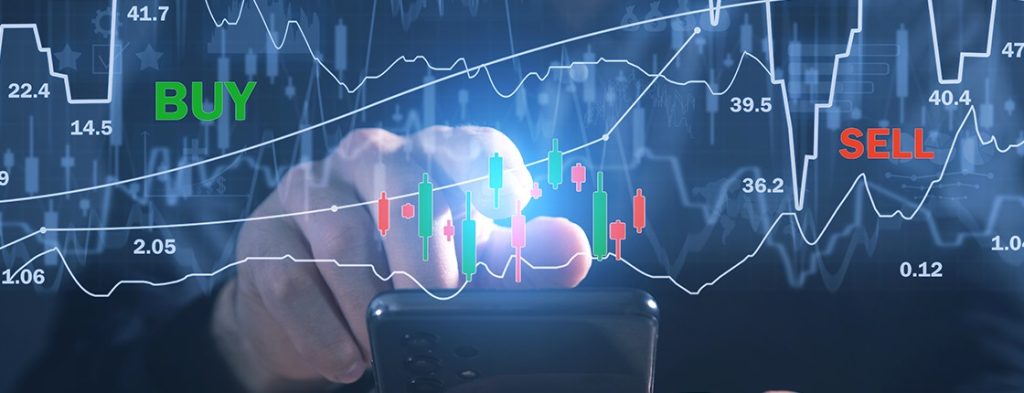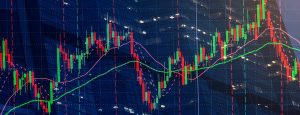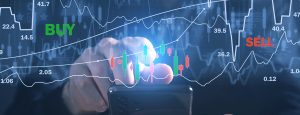Commodity trading offers exciting opportunities, and two key tools dominate this domain: futures and options. These instruments have distinct features, benefits, and risks that every trader or investor must understand. Whether you aim to hedge against rising prices of commodities or speculate on market movements, choosing the right tool is essential for success.
This guide explores the ins and outs of commodity futures and options, their advantages and drawbacks, and when to use each. Along the way, we’ll also touch on related topics like soft commodities, precious metals, and trading systems.
What Are Commodity Futures?
Commodity futures are standardized contracts that require the buyer and seller to trade a specific quantity of a commodity at an agreed price on a future date. These contracts are traded on regulated commodity exchanges, such as the Pakistan Mercantile Exchange (PMEX) or the New York Mercantile Exchange (NYMEX).
Key Features of Futures Contracts:
- Standardization: Each contract specifies the exact quantity, quality, and delivery terms.
- Leverage: Futures contracts allow traders to control large positions with smaller capital using margin trading.
- Delivery Date: Futures lock in a price for delivery at a future date, unlike spot prices, which reflect the current market value.
Example:
A gold futures contract on a stock exchange enables a jewelry company to secure gold at today’s prices, ensuring protection against future price surges.
Advantages:
- Hedging Risk: Futures help businesses manage risks tied to fluctuating prices of raw materials, such as crude oil, natural gas, or agricultural soft commodities.
- Liquidity: Widely traded futures contracts, like those for livestock and meat or gold and silver, allow for easy buying and selling.
- Transparency: Regulated commodity exchanges, like PMEX, ensure fair pricing and reduce counterparty risks.
Disadvantages:
- Obligation to Trade: Parties must fulfill the contract terms, even if market conditions are unfavorable.
- Leverage Risks: While leverage increases potential profits, it also magnifies losses in bearish markets.
What Are Commodity Options?
Commodity options grant the holder the right, but not the obligation, to buy or sell a commodity at a specific price (the strike price) before the expiration date. They are commonly used for trading precious metals, energy commodities like crude oil or natural gas, and agricultural products.
There are two main types of options:
- Call Options: The right to buy a commodity at a set price.
- Put Options: The right to sell a commodity at a set price.
Example:
Imagine you purchase a call option for oil with a strike price of $75 per barrel. If oil prices soar to $85, you can buy at $75 and profit from the price difference.
Advantages:
- Limited Risk: Losses are capped at the premium you pay upfront for the option.
- Flexibility: Options give you the choice to execute the trade or walk away, depending on the market.
- Risk Management: Options often supplement futures contracts, creating a comprehensive strategy.
Disadvantages:
- Cost of Premiums: High premiums can dent profits if commodity prices don’t move significantly.
- Complexity: For new traders, factors like expiration dates, strike prices, and options premiums can be overwhelming.
Key Differences Between Futures and Options
Obligation vs. Right: Futures carry a mandatory obligation to execute the trade. Options provide flexibility by allowing—but not requiring—execution.
Cost Structure: Futures require margin deposits that vary based on market changes. Options demand an upfront premium representing the buyer’s maximum loss.
Risk and Leverage: Futures contracts carry more risk due to their binding nature, while options keep losses limited to the premium paid.
Use Cases
- Futures are great for industries needing stable prices for raw materials.
- Options are well-suited for speculators looking for lower-risk entry into volatile markets, such as precious metals or energy commodities.
When to Choose Commodity Futures
Futures are your go-to choice if you:
- Need a reliable hedge against volatile prices of commodities like crude oil, soft commodities, or livestock and meat.
- Are comfortable with the leverage and risks associated with margin trading.
- Seek a straightforward, long-term solution to manage commodity price changes.
For example, farmers often use commodity futures contracts to lock in the prices of crops and livestock ahead of the harvest or slaughter seasons.
When to Choose Options
Options are better suited for traders who:
- Prefer to limit financial risks while exploring speculative opportunities.
- Want flexibility to decide whether to execute trades based on market conditions.
- Are active in volatile markets like gold, silver, or crude oil, where prices can fluctuate dramatically.
Take, for instance, an investor trading call options for gold. If the price of gold rises due to geopolitical instability, the investor can capitalize on the move without the obligation to buy.
Tips for Success in Commodity Trading
Maximize your success in exchange trading by following these tips:
- Choose the Right Trading System: Select platforms equipped with advanced tools for futures contracts and options trading.
- Diversify Your Portfolio: Balance risk by investing across different types of commodities, such as energy products, soft commodities, and precious metals.
- Rely on Commodity Data: Use metrics and insights from spot prices and commodity futures trading platforms to shape your strategies.
- Stay Market-Savvy: Keep an eye on global economics and stock exchange trends, as these directly influence commodity prices.
Build Confidence in Your Trading Strategy
Understanding the nuances of futures and options allows you to tailor your trading style based on your goals. Whether you’re hedging against price hikes in essential raw materials or speculating on movements in soft commodities or precious metals, aligning your strategy with your risk appetite is vital.
Combining these two tools effectively can open new doors to profits while minimizing losses. By mastering the finer points of futures and options, you position yourself for growth and success in the dynamic world of commodity trading.
The primary difference is that futures involve an obligation to buy or sell a commodity at a specific price on a set date, while options provide the buyer the right, but not the obligation, to execute the transaction.
Commodity futures offer high liquidity, standardized contracts, and the ability to hedge against price fluctuations. They are ideal for businesses and traders needing stability in pricing for raw materials or physical assets.
Options are a preferable choice for traders looking for flexible strategies with limited risk. Unlike futures, losses in options are capped at the premium paid, making them ideal for speculating in volatile markets.



